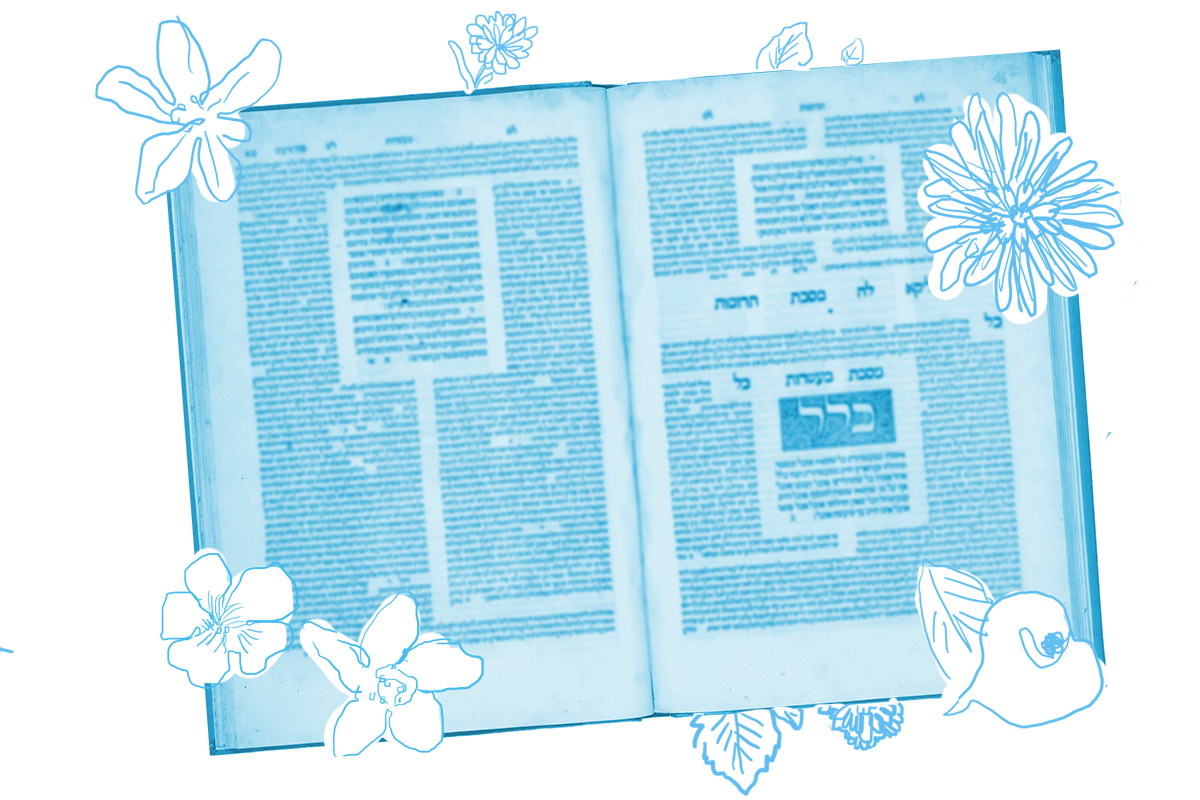On today’s daf, in the midst of a long discussion about what type of ornamentation can be worn into the public domain on Shabbat, the rabbis (as is their wont) digress into a conversation about which sorts of objects can contract ritual impurity. The general principle is that only objects that are crafted and used as utensils can contract ritual impurity. Things in the natural world, generally speaking, cannot become impure. The Talmud and Mishnah are replete with discussions — quite detailed discussions — about the ways in which this principle works with objects at various stages of their production and assembly. Today, we see a version of this debate in relation to a bell.
We begin with what seems to be a contradiction: one beraita (Tannaitic teaching) tells us, quite explicitly, that a bell used for an animal cannot become ritually impure, while another beraita says, again quite explicitly, that a bell used for an animal can become ritually impure. The Gemara never tolerates this sort of contradiction between beraitot — a resolution must be found.
In this case, the Talmud harmonizes the disagreement by arguing that:
The beraita which declares that a bell can become ritually impure is referring to a bel with a clapper, whereas the beraita that states a bell is not susceptible to ritual impurity is referring to a case where the bell has no clapper.
This answer occasions a fascinating challenge: if the bell is a vessel that can contract ritual impurity, then why should the presence of the clapper matter? That is: either a bell is a human-made object with a designated use that places it within the definition of “utensil” from the point of view of ritual impurity, or it is not. The discussion goes on, debating the various uses of bells and whether or not the clapper is what definitely makes the bell useful or not.

Help us keep Jewish knowledge accessible to millions of people around the world.
Your donation to My Jewish Learning fuels endless journeys of Jewish discovery. With your help, My Jewish Learning can continue to provide nonstop opportunities for learning, connection and growth.
Although conversations of this sort can be eye-glazing, the underlying concepts are intriguing: when does a bell become a bell, such that it has become a utensil from the human perspective? When does a “thing” become differentiated from its thingness to become an object of human use? Today’s Talmud page considers multiple factors in determining the answer to this question: the stage of production, the use of the object, even the way we think about the object in question.
All of these factors force us to think carefully about that which we use every day — force us, that is, to consider the ways in which we create the vessels in our world, changing them enough to move them from a thing to an object. That the products of human creativity become susceptible to ritual impurity is a reminder that as we impact the world around us, there are consequences to consider as we create the objects that define our world.
Read all of Shabbat 58 on Sefaria.
This piece originally appeared in a My Jewish Learning Daf Yomi email newsletter sent on May 3, 2020. If you are interested in receiving the newsletter, sign up here.



